Everything we know about MacBook Pro with M1 Pro and M1 Max
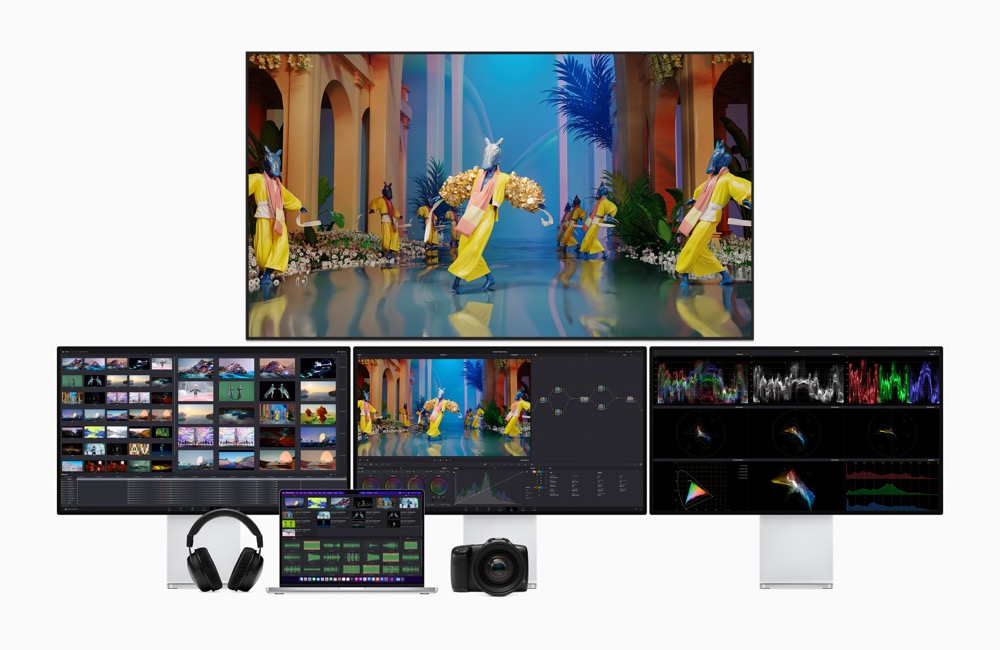
Your portable Mac can now drive up to three Pro Display XDRs and a 4K TV all at once
Apple announced two extremely powerful high-end professional notebooks in October 2021. These featured the company’s M1 Pro and M1 Max chips and marked one full year since the company began its transition to the new processors,
What we know about the new Macs
Available in 14- and 16-inch models, MacBook Pro delivers impressive processing, graphics, and machine learning (ML) performance whether running on battery or plugged in.
They represent a real and significant step change in what you can achieve on an Apple notebook. The company promises significant benefits for any pro user, including those in the most demanding of professions.
What Apple said
“We set out to create the world’s best pro notebook, and today we’re excited to introduce the all-new MacBook Pro with M1 Pro and M1 Max — a game-changing combination of phenomenal performance, unrivalled battery life, and groundbreaking features,” said Greg Joswiak, Apple’s senior vice president of Worldwide Marketing.
Apple also announced:
- Apple updates Final Cut and Logic Pro for new Macs
- AirPods 3 gain spatial audio, battery life and design tweaks
- HomePod mini now also comes in yellow, orange and blue
- What is the Apple Music Voice Plan?
All about the chips
The new M1 Pro and M1 Max chips are both powerful but there are some significant differences. They offer up fast unified memory and increased memory bandwidth for unparalleled performance with best-in-class performance per watt and power efficiency.
Differences between the two are
M1 Pro:
- Up-to-10-core CPU with eight high-performance cores and two high-efficiency cores, along with an up-to-16-core GPU.
- Up to 70 percent faster CPU performance than M1.
- Up to 2x faster GPU performance than M1.
- Up to 200GB/s of memory bandwidth — nearly 3x the bandwidth of M1 — and supports up to 32GB of fast unified memory.
- M1 Pro adds a ProRes accelerator in the media engine for fast and power-efficient video processing.
- Up to 3.7x faster project builds using Xcode.
- Up to 3x more Amp Designer plug-ins in Logic Pro.
- Up to 2.8x faster computational fluid dynamics performance in NASA TetrUSS.
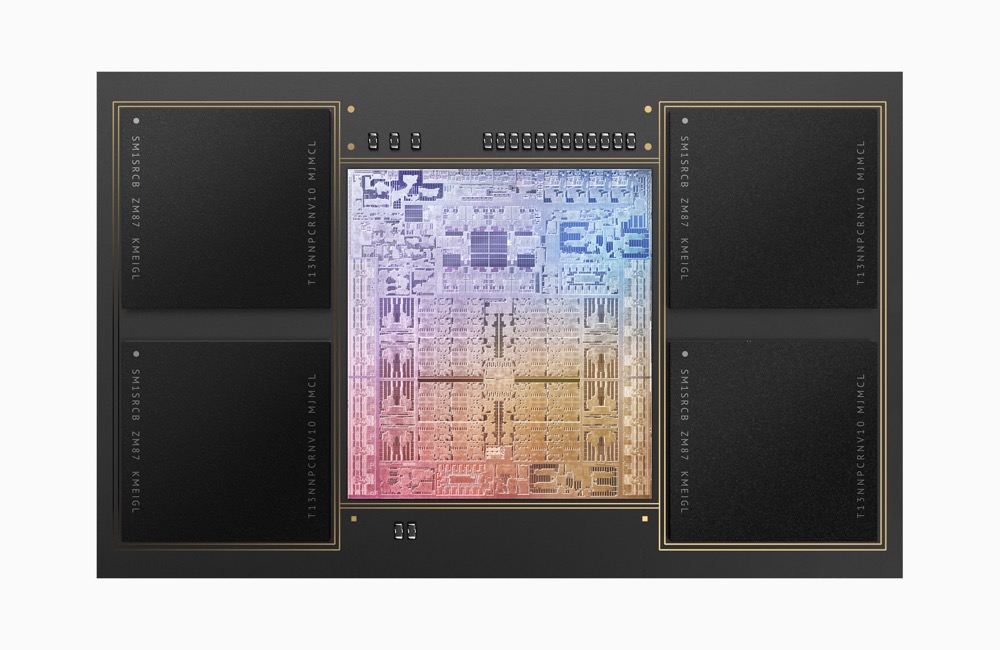
M1 Max:
Apple calls this “the world’s most powerful chip for a pro notebook”.
- Up-to-10-core CPU with eight high-performance cores and two high-efficiency cores, along with an up-to-32-core GPU.
- Up to 4x faster GPU than M1
- Up to 400GB/s of memory bandwidth
- M1 Max also offers an enhanced media engine that features two ProRes accelerators for even higher multi-stream performance.
- Up to 9.2x faster 4K render in Final Cut Pro with M1 Pro, and up to 13.4x faster with M1 Max compared to the previous-generation high-end 13-inch model.
- Up to 5.6x faster combined vector and raster GPU performance in Affinity Photo with M1 Pro, and up to 8.5x faster with M1 Max compared to the previous-generation high-end 13-inch model.
- Up to 3.6x faster effect render in Blackmagic Design DaVinci Resolve Studio with M1 Pro, and up to 5x faster with M1 Max compared to the previous-generation high-end 13-inch model.
With even the latest PC laptops topping out at 16GB of video memory, having this huge amount of memory available is game-changing for pro workloads, allowing pros to do things that were previously unimaginable on a notebook. It’s possible to edit up to 30 streams of 4K ProRes video or up to seven streams of 8K ProRes video in Final Cut Pro — more streams than on a 28-core Mac Pro with Afterburner. Video editors can also grade colour in HDR on 8K ProRes 4444 video on battery.

These machines are smart
Both M1 Pro and M1 Max boast 16-core Neural Engines, which means tangible benefits for pro users, such as up to 8.7x faster object tracking performance in Final Cut Pro with M1 Pro, and up to 11.5x faster with M1 Max, or up to 2.6x faster performance when selecting subjects in images in Adobe Photoshop.
This also means that if you’re in the business of ML model creation or any form of high-end sci-tech work, these beasts will devour the challenges you give them.
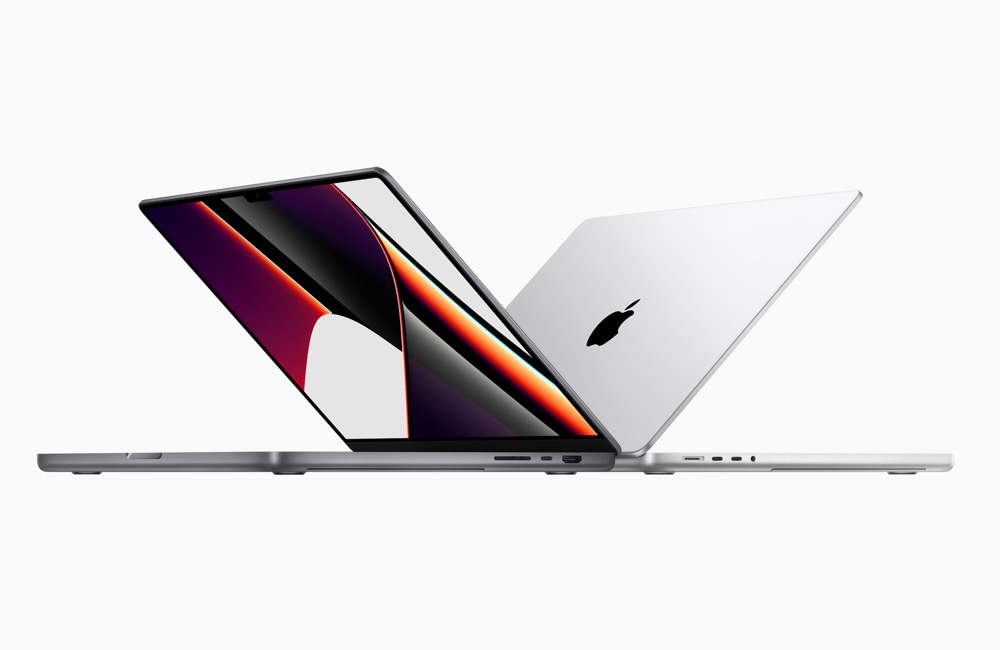
Take them anywhere, use them for hours
When compared to the previous-generation MacBook Pro on a single charge: The 14-inch model delivers up to 17 hours of video playback, which is seven additional hours, while the 16-inch model gets up to a remarkable 21 hours of video playback, which is 10 additional hours — the longest battery life ever on a Mac notebook.
What that means in the real world is that photographers on the go will get up to 2x longer battery life in Adobe Lightroom Classic when editing images. And probably still get to FaceTime the kids.
Apple has also built a system that provides the same level of performance whether it is plugged in or using the battery. The enclosure is precisely machined around an advanced thermal system that can move 50 percent more air than the previous generation, even at lower fan speeds. That means it can work at optimal capacity and still stay quiet.
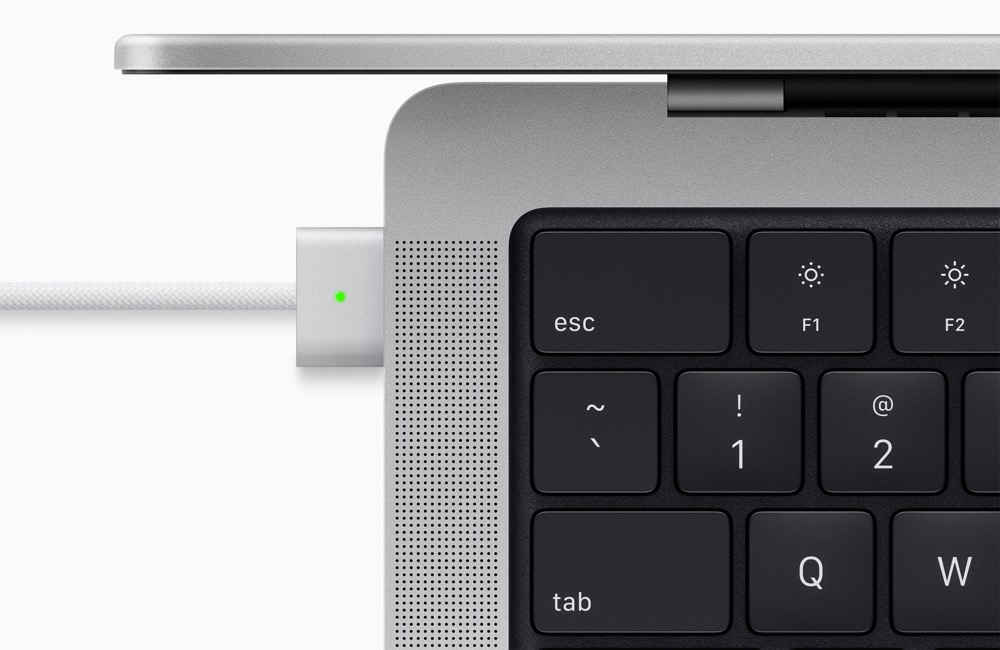
A new keyboard
Touch Bar has gone. Instead, these Macs ship with a Magic Keyboard, with tactile physical keys, including function keys and a Force Touch trackpad.
What about the display?
For the first time, MacBook Pro offers a stunning Liquid Retina XDR display with a P3 wide colour gamut. Featuring the mini-LED technology used in iPad Pro, the Liquid Retina XDR display delivers up to 1,000 nits of sustained, full-screen brightness, an incredible 1,600 nits of peak brightness, and a 1,000,000:1 contrast ratio. The extreme dynamic range brings HDR content to life.
ProMotion technology also comes to the Mac on this new display, featuring an adaptive refresh rate up to 120Hz. The combination of the outstanding XDR performance and super-fluid ProMotion technology make this the world’s best notebook display.
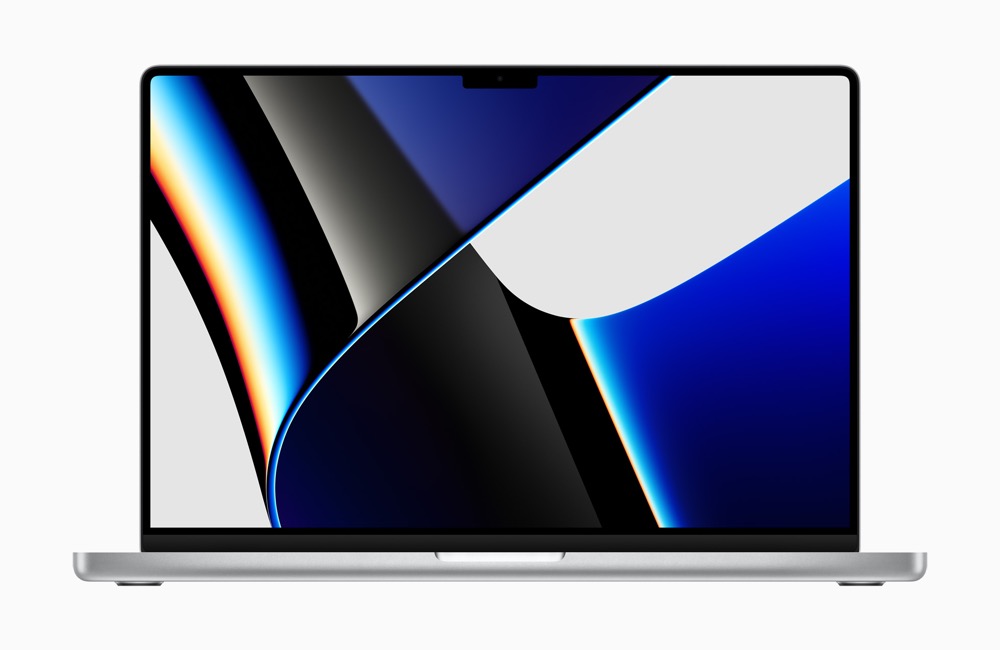
Both models come with a larger display than the previous generation — the 16-inch model offers an expansive 16.2-inch display with 7.7 million pixels; While the 14-inch model gives users more screen real estate than before, with a 14.2-inch active area and a total of 5.9 million pixels — more pixels than the prior 16-inch MacBook Pro.
The display features even thinner borders and extends up around the camera to provide users with even more room for their content.
Connectivity
With M1 Pro, users can now connect up to two Pro Display XDRs, and with M1 Max, users can connect up to three Pro Display XDRs and a 4K TV all at once. Additionally, fast charge means you can charge the system up 50 percent in 30 minutes.
- Three Thunderbolt 4 ports
- An SDXC card slot
- HDMI port
- Headphone jack that supports high-impedance headphones.
- MagSafe
- Wi-Fi 6.0
- Bluetooth 5.0
- Studio quality mic
- High-fidelity six-speaker sound system with spatial audio.
- 1,080p FaceTime camera supplemented by machine vision intelligence for much better results.
The new 14- and 16-inch MacBook Pro come with macOS Monterey, the latest version of the world’s most advanced desktop operating system. The new OS will be available as a free software update on Monday, October 25. An update later this fall will add the previously announced SharePlay and Universal Control features.
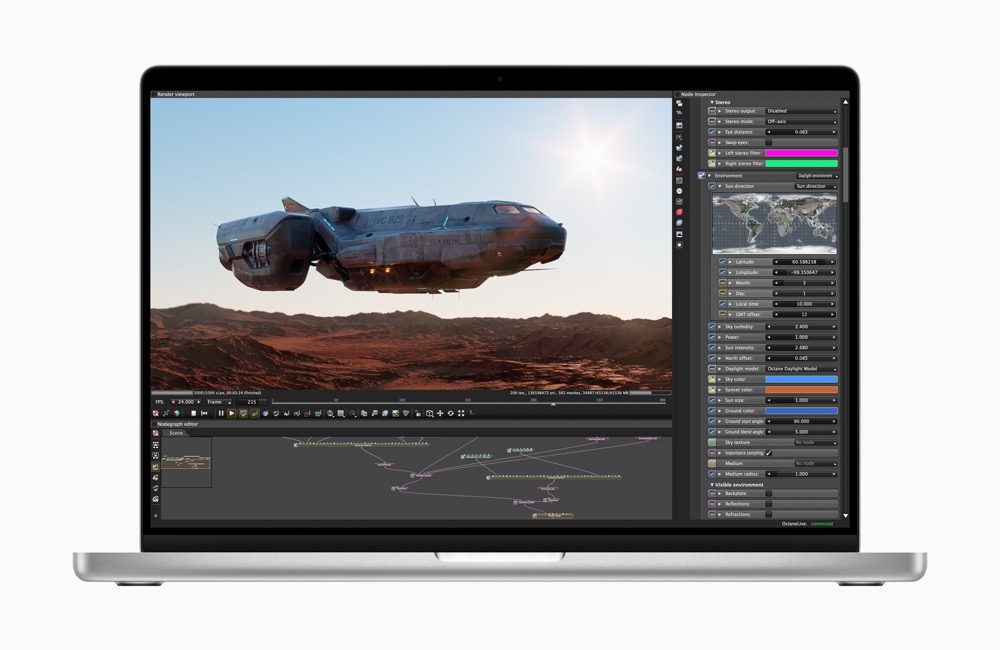
When can you get these things?
The new MacBook Pro models with M1 Pro and M1 Max are available to order today and will reach stores October 26. The new 14-inch MacBook Pro model starts at $1,999 and $1,849for education; the 16-inch MacBook Pro model starts at $2,499, and $2,299 for education.
Please follow me on Twitter, or join me in the AppleHolic’s bar & grill and Apple Discussions groups on MeWe.




